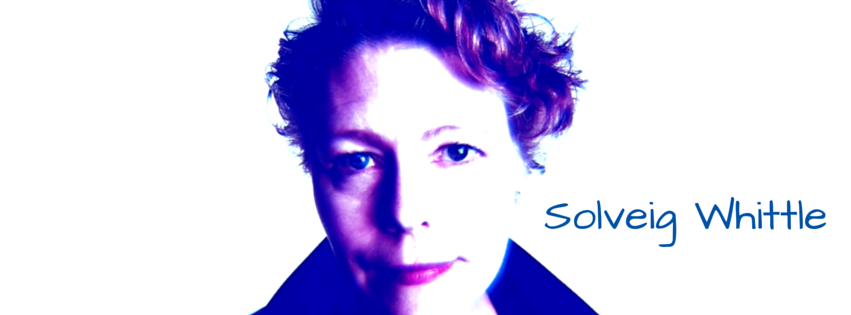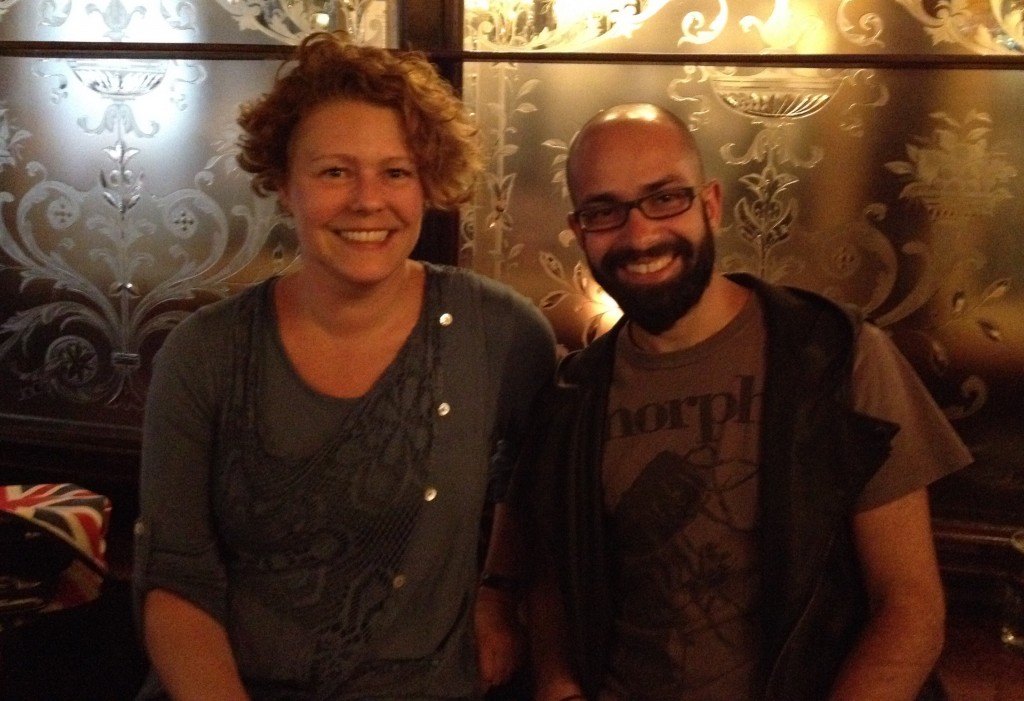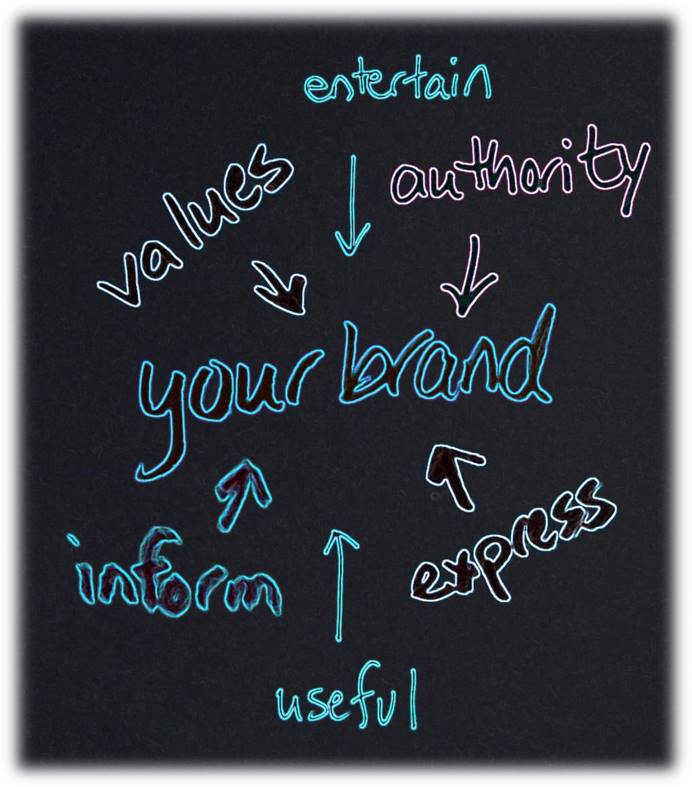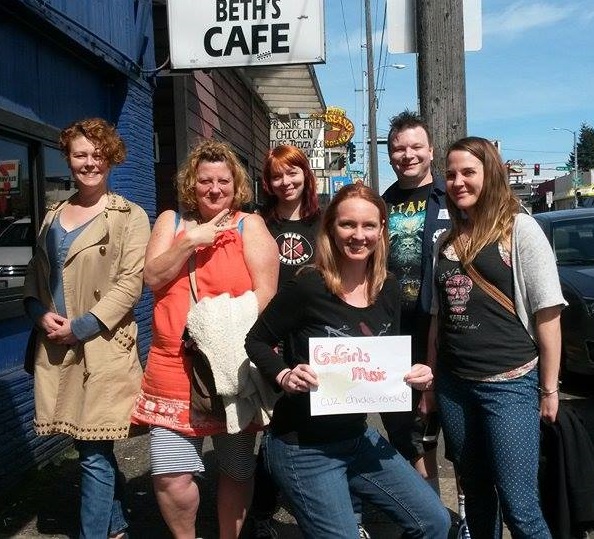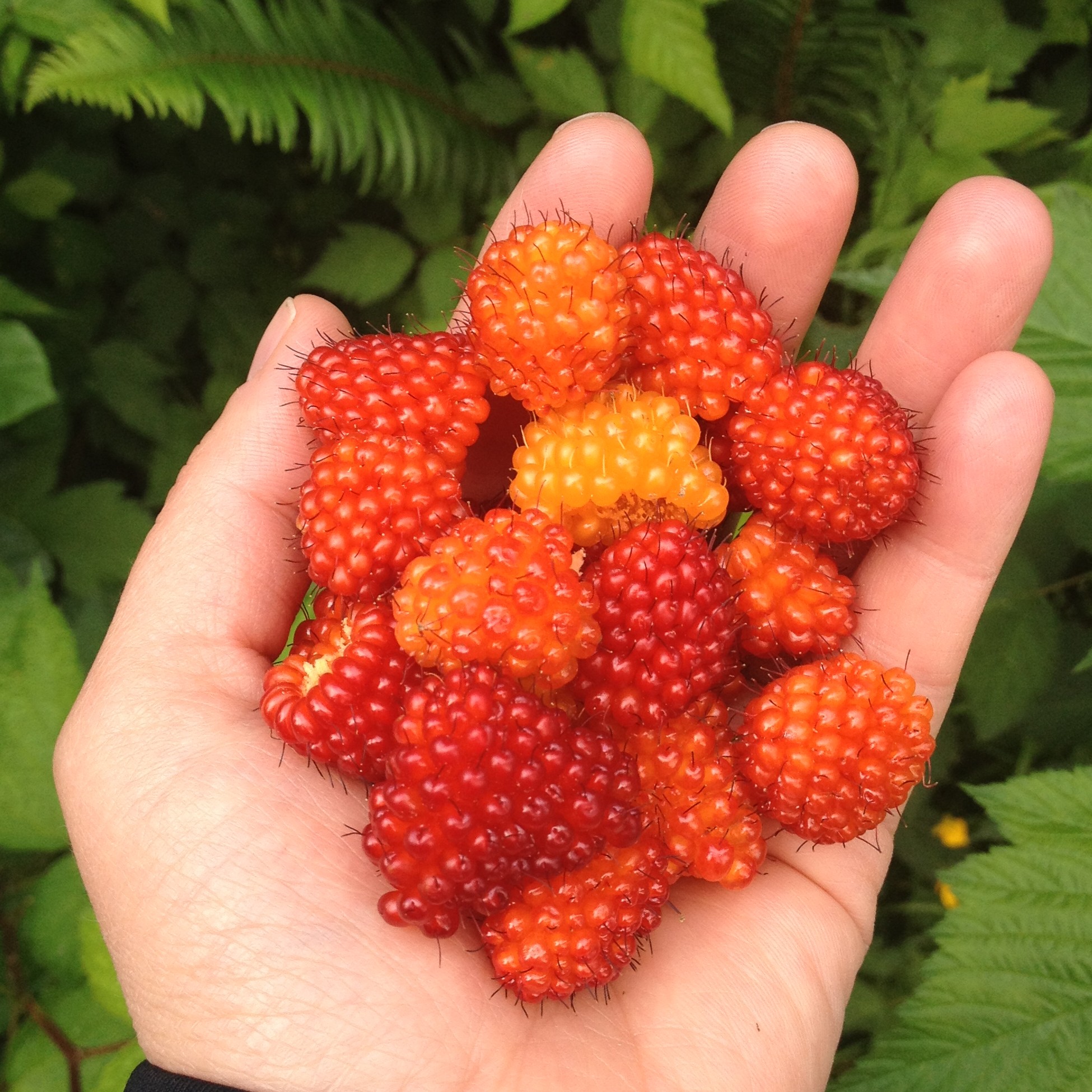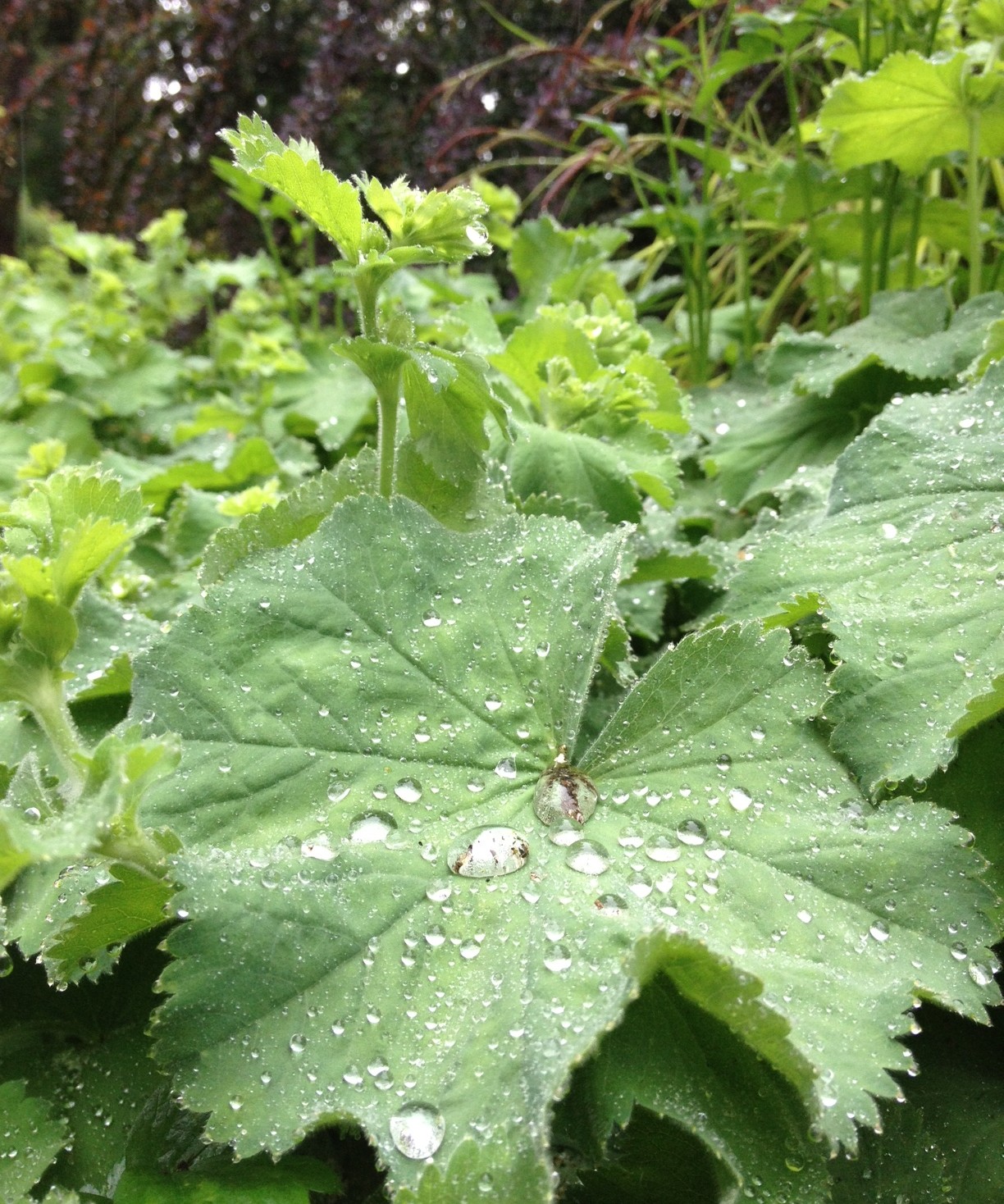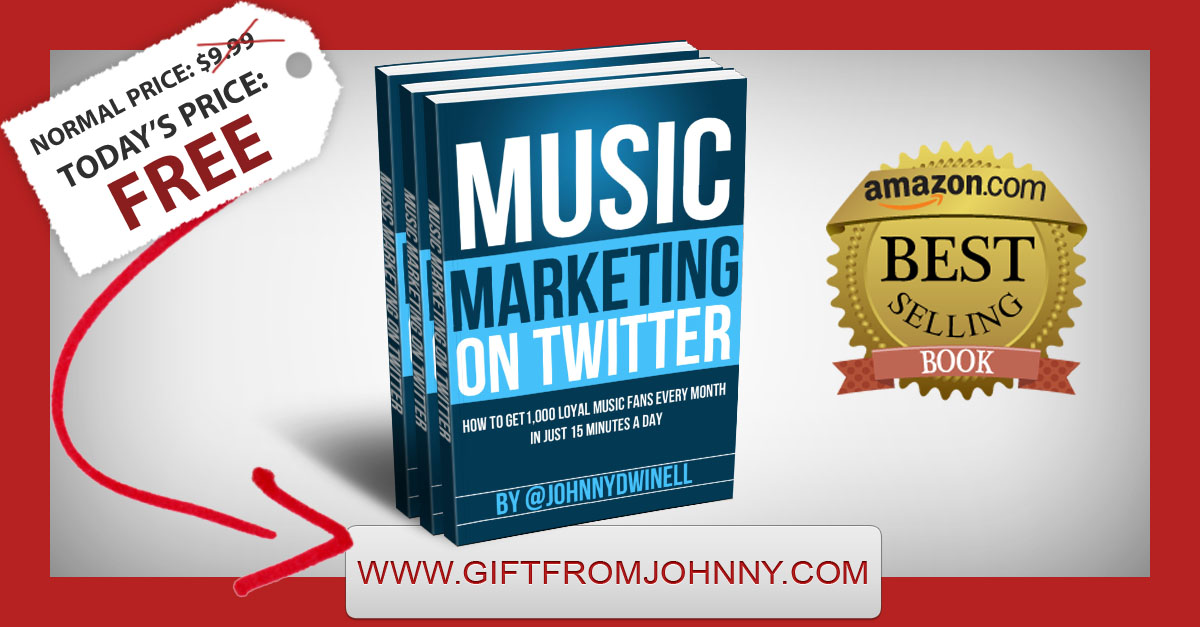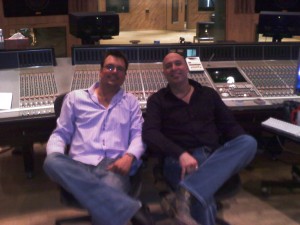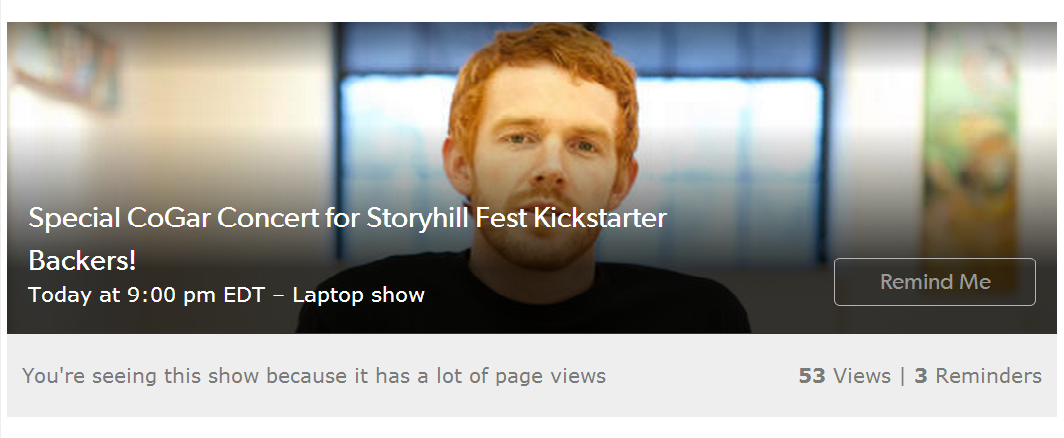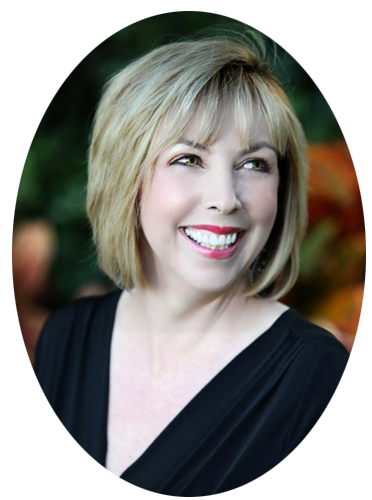In this 15 minute episode I interview Tommy Darker from the (somewhat noisy) Argyll Arms pub in SOHO, London, about his new book, The Indecisive Musicpreneur, and his many other ventures as an event organizer, blogger, public speaker, consultant, musician, and music industry thinker.[Tweet “Be relentless about your art.”]
Tommy talks about how he started documenting his own journey to a place where he is now supporting himself as a full time musician. Although he has no formula that works for everyone, Tommy sets out in the interview the six key things he learned along the way. This includes developing a business model, and Tommy references the website Business Model Generation for helping musicians discover how to create revenue-generating business model for themselves.
[Tweet “Language is a poor alternative to vision.”]
 We also talk about the challenge of switching between thinking as an artist and thinking as a business person. Tommy and I both espouse the idea of musicians as entrepreneurs (“musicpreneurs”), and we are also both fans of the Lean Startup Model, also known as Agile Development, which I wrote about in my post “Agile Marketing For DIY Musicians.”
We also talk about the challenge of switching between thinking as an artist and thinking as a business person. Tommy and I both espouse the idea of musicians as entrepreneurs (“musicpreneurs”), and we are also both fans of the Lean Startup Model, also known as Agile Development, which I wrote about in my post “Agile Marketing For DIY Musicians.”
[Tweet “Business is about solving problems, art is about creating questions.”]
If you enjoy his writings and want to support them on an ongoing basis, Tommy has a new Patreon campaign called The Tommy Darker Book Club, and you can also listen to his band, Sidesteps at SideStepsOfficial.com
